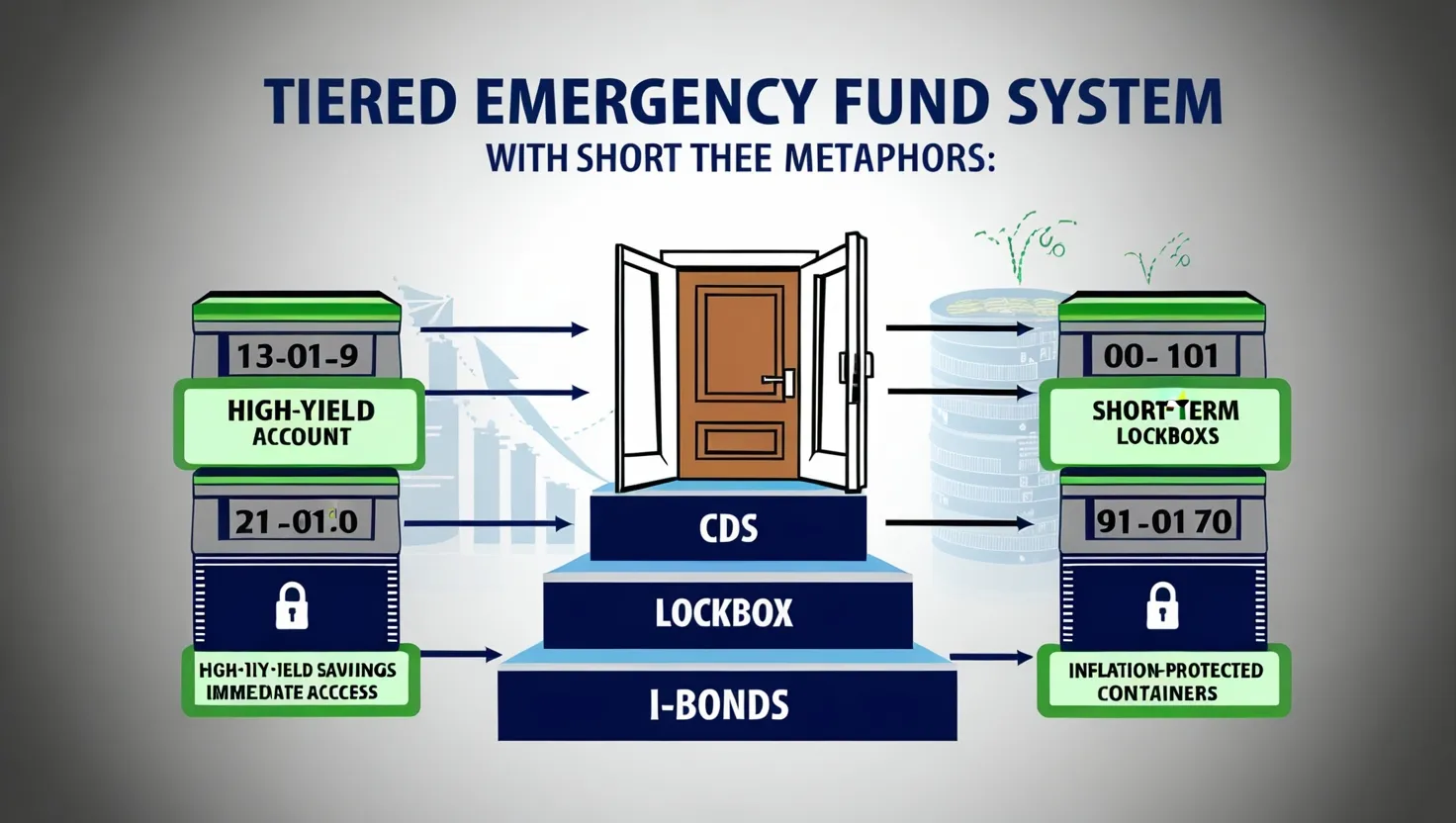When it comes to investing, many of us follow traditional strategies or try to predict market trends, but what if we could approach investing in a more dynamic and adaptive way? Imagine treating your investment portfolio like a living organism, where different market conditions can ‘switch on’ or ‘off’ various investment traits. This concept, inspired by the field of epigenetics, can revolutionize how we think about and manage our investments.
Epigenetics, the study of how environmental factors affect gene expression without altering the DNA sequence itself, offers a fascinating parallel to investing. Just as epigenetic changes can influence how genes are expressed in response to environmental conditions, we can adapt our investment strategies to respond to different market environments. This approach is about identifying and activating the ‘dormant financial genes’ within your investment approach.
Understanding Epigenetic Principles
In the biological world, epigenetic changes are crucial for an organism’s survival and adaptation. For instance, a study on mice showed that a breakdown in epigenetic information can cause aging, but restoring the integrity of the epigenome can reverse these signs of aging[1]. Similarly, in investing, understanding how different market conditions can trigger specific investment strategies can help you adapt and thrive.
The Dynamic Portfolio
Think of your portfolio as a dynamic entity that can express different characteristics based on the market environment. In a bearish market, your ‘value investing gene’ might be activated, prompting you to focus on undervalued stocks with strong fundamentals. In a bull run, your ‘growth investing traits’ could take over, leading you to invest in companies with high growth potential.
This adaptive approach is not about being reactive but proactive. It involves understanding the underlying mechanisms of the market and how they can influence your investment decisions. For example, during economic downturns, companies with strong cash reserves and low debt might become more attractive, much like how certain genes are expressed during times of stress in biological organisms.
Leveraging Market Conditions
Market conditions are akin to environmental factors in epigenetics. They can ‘switch on’ or ‘off’ different investment strategies. For instance, in times of high inflation, your ‘inflation-resistant gene’ might be activated, leading you to invest in assets that historically perform well during such periods, such as precious metals or real estate.
In contrast, during periods of low interest rates, your ‘growth gene’ might be more active, encouraging you to invest in stocks or sectors that benefit from cheap capital. This dynamic response allows your portfolio to evolve and adapt, much like how an organism’s epigenetic profile changes in response to its environment.
The Role of Technology and Data
Just as advances in sequencing technologies and bioinformatics have enhanced our ability to study epigenetic modifications, technological advancements in finance are enabling more sophisticated investment strategies. Machine learning and artificial intelligence are being integrated into investment analysis, allowing for more precise and data-driven decisions.
For example, companies are using AI to identify epigenetic patterns associated with tumor development in cancer research, which can be paralleled to identifying market patterns and predicting investment outcomes[2]. These tools help in developing predictive models for investment risks and opportunities, much like how epigenetic biomarkers are used to assess disease risk.
Personalized Investing
Epigenetic information is being integrated into personalized medicine to tailor treatments based on individual genetic and epigenetic profiles. Similarly, in investing, understanding your personal financial ‘epigenome’ can help you create a tailored investment strategy.
This involves considering your risk tolerance, financial goals, and market conditions to activate the right ‘financial genes’ at the right time. For instance, if you are nearing retirement, your ‘conservative investing gene’ might be more active, leading you to focus on stable, income-generating assets.
Overcoming Challenges
Just as there are challenges in epigenetic research, such as concerns about the quality and reproducibility of antibodies and the high cost of epigenetic profiling technologies, there are challenges in applying this approach to investing[2].
One of the main challenges is the complexity of market data and the need for sophisticated tools to analyze it. However, with the increasing availability of advanced analytical tools and the integration of AI and machine learning, these challenges are becoming more manageable.
Real-World Applications
The concept of epigenetic investing is not just theoretical; it has real-world applications. For example, during the COVID-19 pandemic, investors who had a ‘crisis management gene’ activated were better positioned to navigate the market volatility. They might have invested in sectors that were less affected by the pandemic, such as technology or healthcare, or in companies with strong balance sheets that could weather the economic storm.
Conclusion
Approaching investing through the lens of epigenetics offers a fresh and dynamic perspective. It’s about understanding how different market conditions can influence your investment strategies and adapting your portfolio accordingly. By identifying and activating the right ‘financial genes’ at the right time, you can create a more responsive and adaptable investment approach.
This method is not a replacement for traditional investment strategies but rather an enhancement. It encourages you to think of your portfolio as a living, evolving entity that can express different characteristics based on the market environment. In the world of epigenetic investing, your strategy becomes a dynamic expression of financial DNA, constantly evolving to thrive in any market condition.






